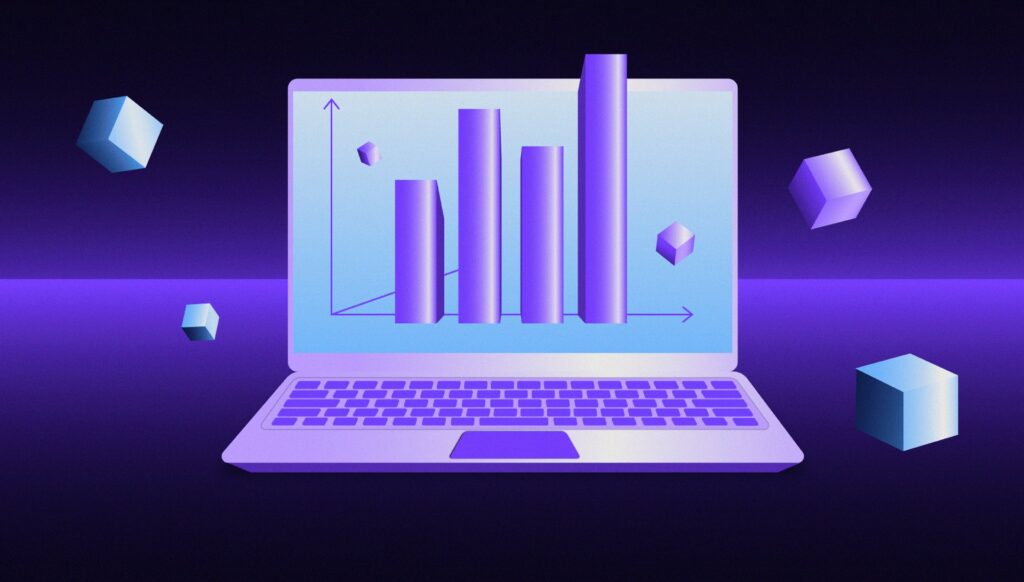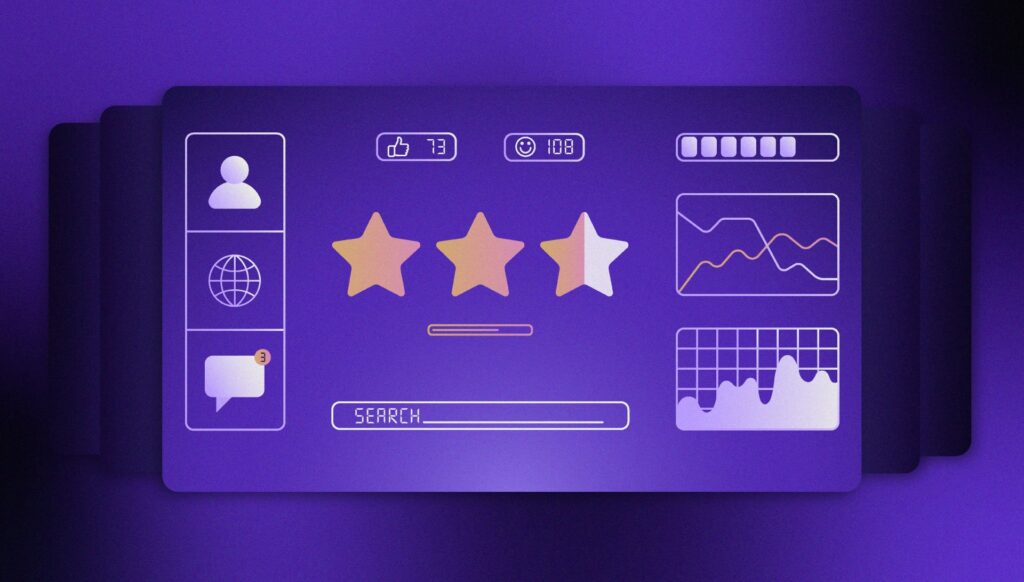Why mobile developers love Flutter! (Part 1)
Way back in 2018, Google released the first version of its open-source, cross-platform development toolkit called Flutter.
Within two years, it has become one of the most preferred tools for developing mobile applications. According to Google, over half a million developers are using Flutter to build mobile apps.
So, what makes Flutter so unique?
Well, to begin with, Flutter has made it easy for both entry-level developers and experienced ones to develop apps easily. As Google puts it, they want developers to start app development not by asking which device to target, but “what am I going to build?”
However, that is not the only reason why developers choose to use Flutter.
Why Do Mobile Developers Prefer Flutter?
1. Native-app like performance
Most companies (from large enterprises to small startups) opt for cross-platform development due to a lack of budget, but also don’t want to compromise on the interface or experience. They want the app to function like a native app on both iOS and Android.
Flutter combines ease of development and native performance to create a consistent experience across different platforms. The best part is that Flutter doesn’t require any platform-specific UI components to render its UI. So developers can render the same look as a native app without getting bogged down in complex tasks such as mapping every property into platform-specific widgets and so on.
2. Reduces code development time
Earlier, developers had to use different languages such as Swift for iOS and Java for Android to build different versions of the app to give them a native look and performance. Like many other cross-platform alternatives, Flutter provides a single codebase so developers are spared the additional task of writing separate code for different platforms. They just have to write code once and they can run the app on different operating systems. Additionally, Flutter provides a wide range of ready-to-use widgets that are customizable. Faster go-to-market for better apps, who doesn’t want that?
3. Hot reload feature to add new features on-the-go
Customer needs keep evolving. Developers have to keep upgrading the mobile application with new features to keep their customers happy. Earlier, adding new features or upgrading the app meant changing or adding code and saving the file to see if the changes are done. With Flutter, developers can make changes or add new code and click on the Hot Reload button to display code changes on simulators, emulators, and gadgets immediately. This gives developers the room to experiment with new features and even debug the application in real-time and continue with code execution without stopping the app. In fact, the Broadway musical Hamilton wanted to create a native app on iOS and Android to engage with its fans. They created an app using Flutter in just three months. But the surprising part was they made an entirely new feature in the app just a night before it was launched without any hiccups. Developers can launch experiments with Flutter faster than it takes to watch the streamed Broadway show.
4. Easy to learn
The primary intention behind developing Flutter was to lower the barrier to creating apps. So, even with limited knowledge of app development, developers can create great apps within a short duration. It helps if the developer knows Java or JavaScript as that would help them to learn the in-house language Dart easily. Developers can also access the tutorials and seek support from fellow community members to learn.
5. It is open-source
As we mentioned, Flutter is an open-source language. So, every developer is free to contribute to its development to make it better. All they have to do is make changes in GitHub and send merge requests. So, developers can easily leverage the APIs, widgets, built-in designs, etc. to create an amazing and engaging app. They can get the best ideas for developing the app from the thriving community on GitHub. They can contribute to the wider community while benefiting from a great app development approach themselves.
Conclusion
We at Windmill, thanks to Flutter, have learned how to create applications twice as fast. Adding animation to our apps has never been easier to implement. Flutter makes this task as trivial as possible.
The developer community has already widely accepted Flutter for creating amazing cross-platform apps. As we have seen what’s not to love?
However, developers also have other options such as React Native, Native, PWA, which are known to be efficient. Developers have the task of choosing the right alternative from an array of options. Stay tuned for following posts where we draw a comparison with other technologies, so developers can make an informed decision while developing their mobile apps.




